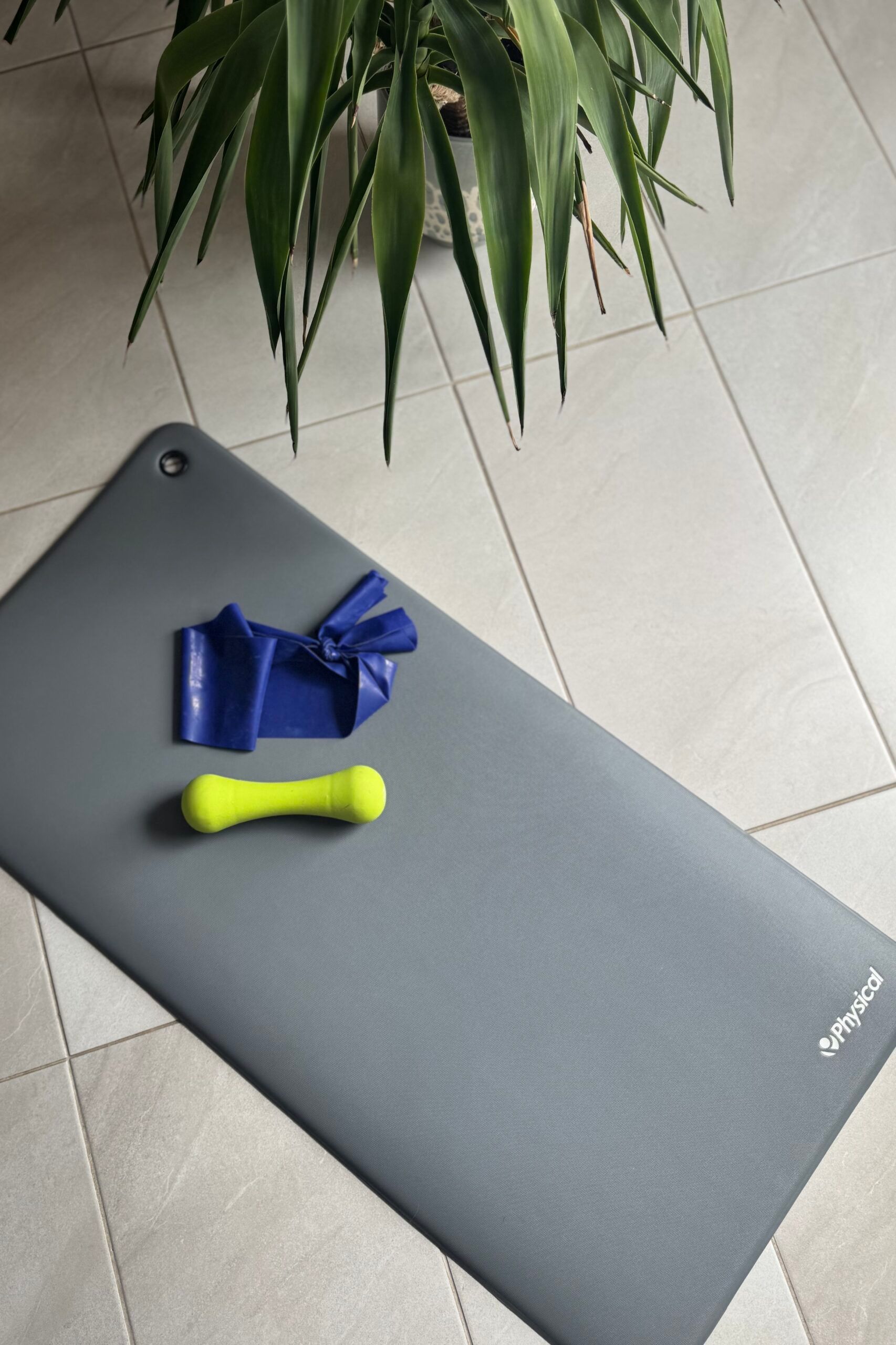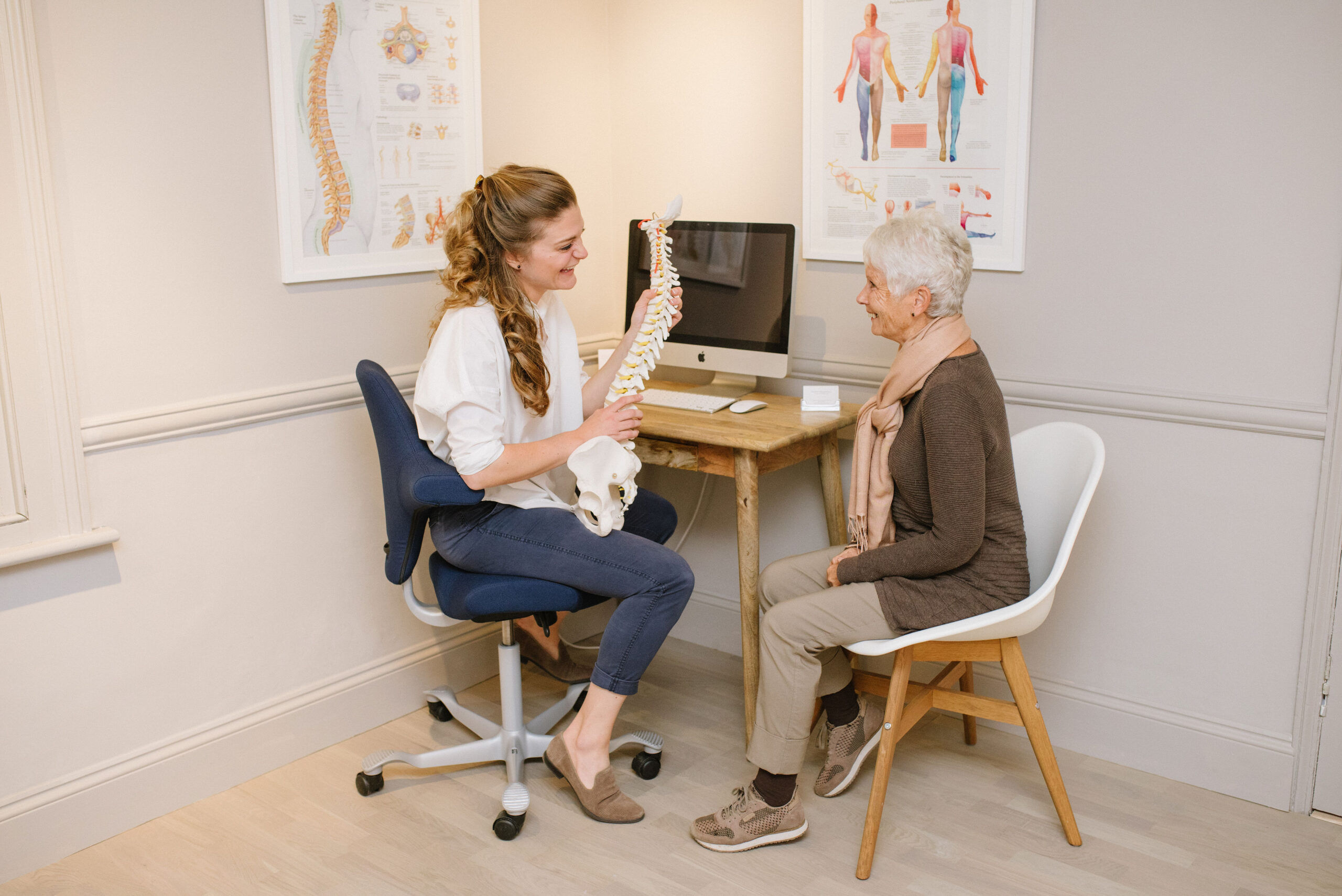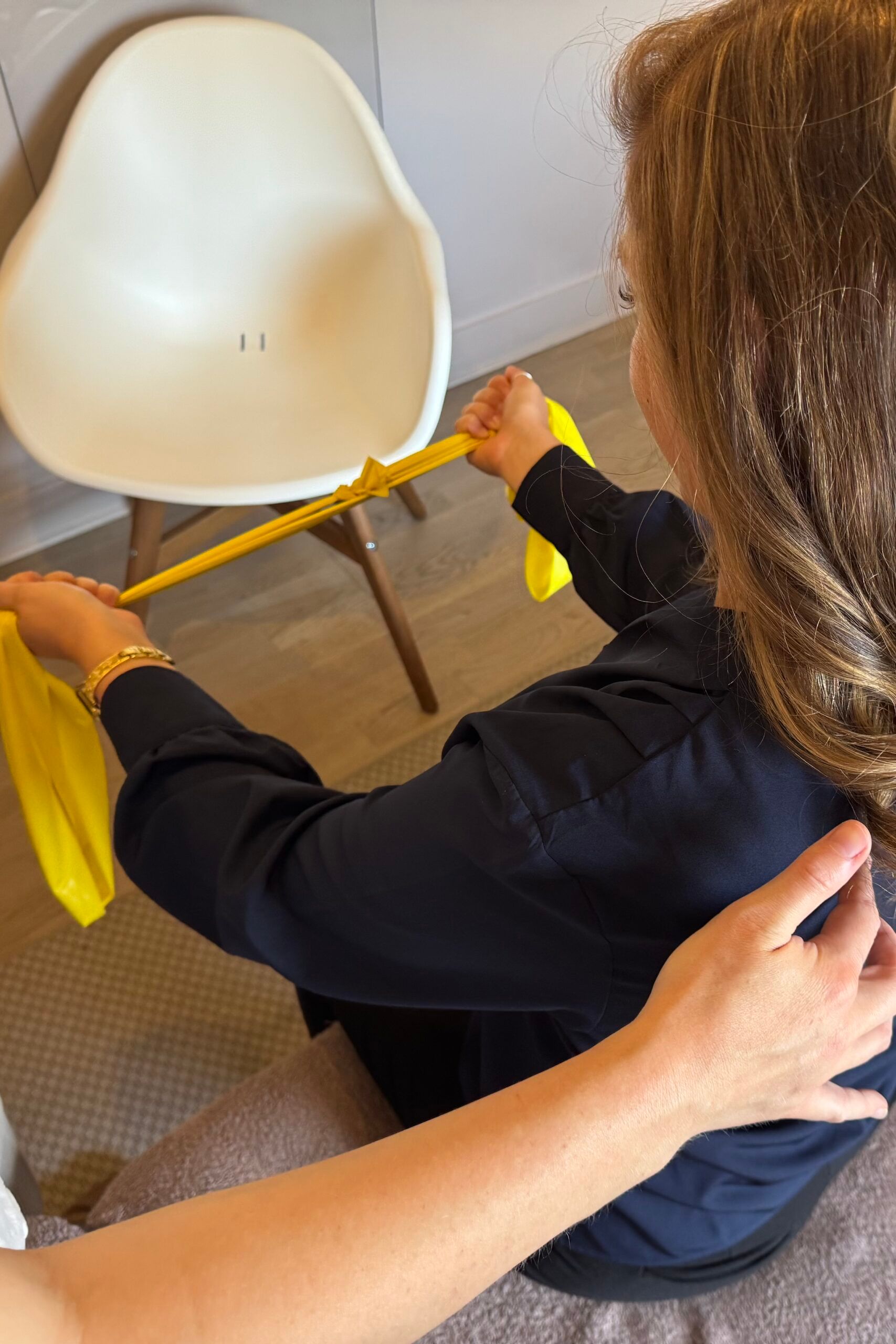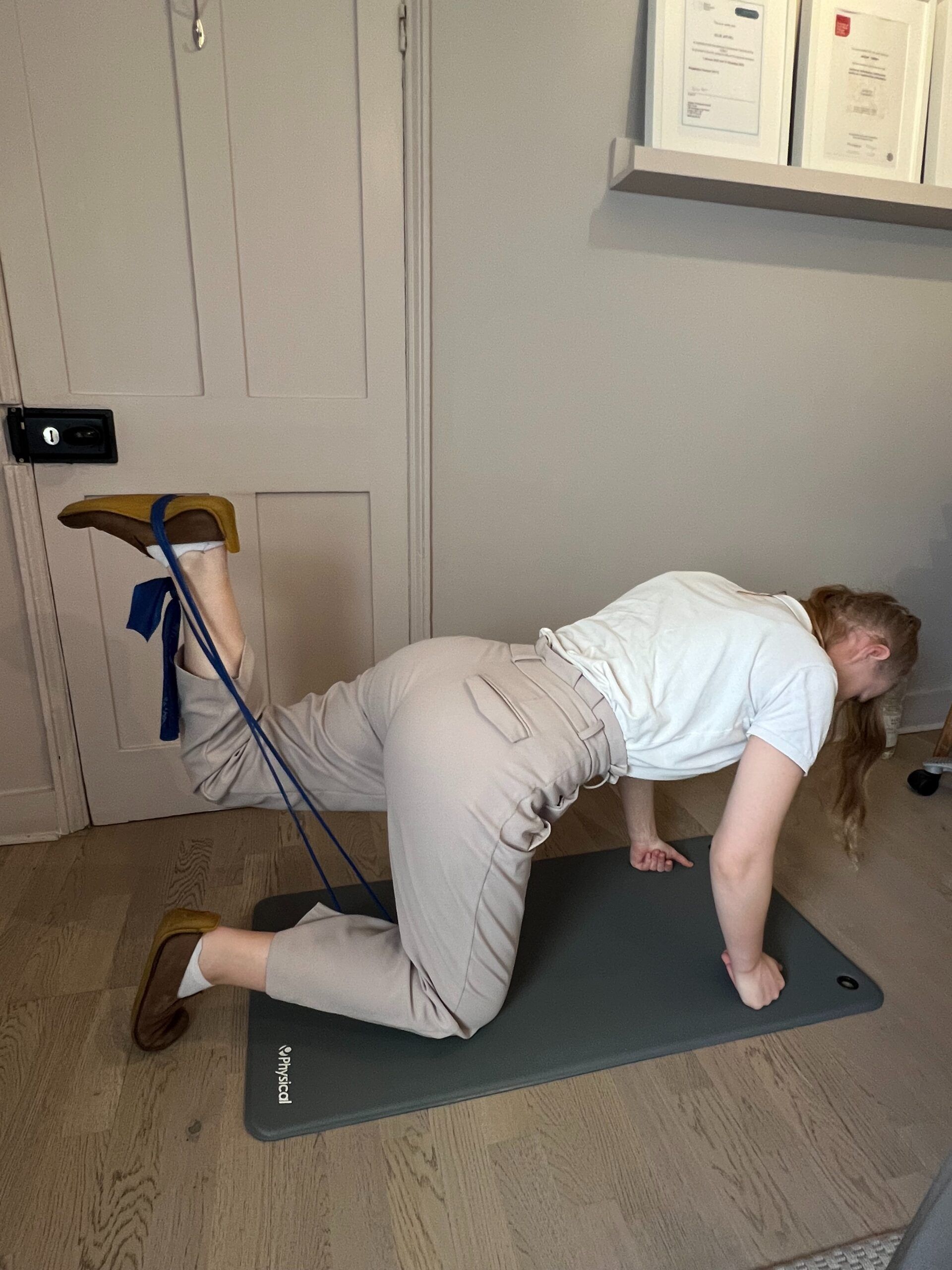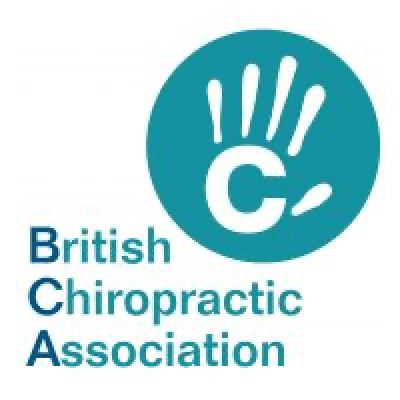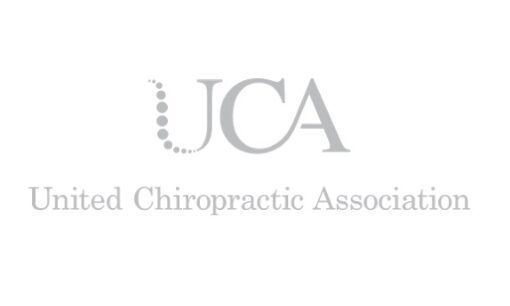Why Strength Training Is Vital for Healthy Ageing
Why Resistance Training Matters
As we age, we naturally begin to lose muscle mass. This can start as early as our 30’s and we can lose up to 3–8% of muscle mass per decade if we’re inactive. This decline accelerates after age 60, leading to weakness, frailty, and increased risk of falls and injury. The good news – you are in control. You can slow, or even reverse, this decline through resistance training.
Lack of exercise is also associated with increased likelihood of heart disease, diabetes, recurrence of certain cancers, dementia and reduced mental well being.
Resistance training involves exercises that make your muscles work against a force, such as dumbbells, resistance bands, body weight, or machines. It strengthens not just your muscles, but also your bones, joints, and improves metabolism.
Maintaining Muscle Mass and Strength
Muscle is essential not just for lifting heavy things, but for everyday movement: getting out of a chair, climbing stairs, carrying groceries, or playing with grandchildren.
Resistance training helps:
Preserve and build muscle and strength
Improve balance and coordination
Keep you able to enjoy other forms of exercise – such as golf and tennis
Reduce the risk of falls and fractures
Enhance physical independence well into later life
Supporting Joint Health and Reducing Pain
Contrary to popular belief, resistance training can be joint-friendly, especially when done with proper technique and supervision.
It strengthens the muscles around joints, offering better support and stability.
It can reduce symptoms of arthritis and back pain by improving mobility and function.
It encourages better posture, something we often emphasise in chiropractic care.
Combining strength training with chiropractic care can be particularly effective in managing and reducing chronic discomfort.
Boosting Bone Density and Preventing Osteoporosis
Bone density for women peaks in our early 30’s. After this we can begin to lose bone density slowly, and this is then accelerated after the menopause due to a drop in oestrogen levels that play an important role in women to maintain bone density. Even years before this, use of some hormonal contraceptives can predispose us to osteoporosis later in life. This is due to suppression of hormones such as oestrogen production. It can also be due to the impact of hormonal contraceptives on nutrient absorption or processing in the body.
Thankfully, we can be proactive using weight-bearing and resistance exercises stimulate bone-forming cells, helping to:
Slow bone loss
Increase bone density
Reduce the risk of osteoporosis and fractures
This makes resistance training one of the best natural defences against brittle bones and age-related bone decline.
Enhancing Metabolic Health
Along with shaping your muscles, strength training also boosts your metabolism. Muscle tissue is more metabolically active than fat, meaning it burns more calories at rest. This helps:
Manage or reduce body fat
Improve insulin sensitivity
Lower the risk of type 2 diabetes and cardiovascular disease
Support hormonal balance
It’s especially helpful for those who find that their metabolism slows with age and weight becomes harder to manage.
Improving Mental Wellbeing
Exercise is one of the most powerful natural mood boosters, and resistance training is no exception.
It reduces symptoms of anxiety and depression
Enhances cognitive function and memory
Increases self-esteem and body confidence
Improves sleep quality
Getting Started Safely
If you’re new to resistance training or returning after a long break, it’s important to start slowly and safely:
Consult a professional: Speak with your chiropractor, sports therapist or another qualified professional familiar with aging bodies. They can help assess your needs and limitations. Personal trainers can be a good choice, just be sure to work within your limits and let them know of any concerns that arise during or after exercise.
Focus on form: Quality matters more than quantity. Start with light weights or even just bodyweight exercises to master proper technique.
Stay consistent: Aim for two to three sessions per week. Progress gradually.
Mix it up: Use resistance bands, dumbbells, or bodyweight exercises like squats, wall push-ups, and lunges. Variety keeps it interesting and targets different muscles.
If you have an existing health condition, it’s always wise to consult your GP or healthcare provider before starting a new program.
Final Thoughts: Stronger, Healthier, Happier
Getting older doesn’t have to mean getting weaker and less able, it can be the very opposite with retirement leading to a new lease of life where you can focus on you!
With resistance training, you can gain strength, boost vitality, and improve your quality of life in ways that truly matter. It’s never too late to begin.
At Tivoli Chiropractic, we’re committed to supporting your whole health journey. If you’re interested in how strength training can complement your chiropractic care, mobility, or pain management plan, don’t hesitate to ask us. Let’s work together to keep you strong, active, and thriving for decades to come.
